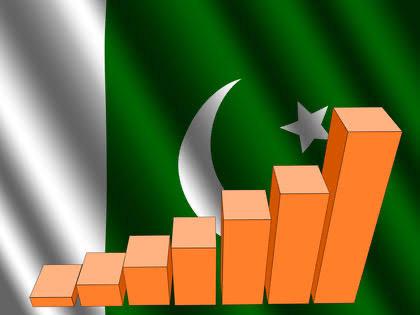
Dr. Mahrukh Baig: Pakistan’s 78th Independence Anniversary in 2025 comes at a time when the economy is showing tangible signs of recovery after years of turbulence. In a global climate where many emerging markets are still grappling with post-pandemic aftershocks, Pakistan’s path has been marked by fiscal discipline, structural reforms, and targeted growth initiatives. While growth in FY2025 is projected at a modest 2.7%, it marks a welcome turnaround from the volatility of previous years.
One of the most notable achievements has been the sharp fall in inflation—from nearly 30% in 2023 to around 4.6% in 2025—bringing relief to households and restoring some purchasing power. The current account has also recorded a surplus of about USD 1.9 billion in the first nine months of the fiscal year, reversing years of persistent deficits. This improvement stems from moderated imports, stronger remittances, and an uptick in key export sectors.
The Uraan Pakistan Plan, launched in late 2024, is central to these gains. Its early results include multi-year low inflation, a fiscal deficit narrowed to 2.6% of GDP, and remittances rising over 30% to USD 31.2 billion. The plan’s focus on digitizing finance, governance, and trade is beginning to reshape public and private sector practices.
External engagement has also supported stability. The IMF disbursed USD 1 billion under its Extended Fund Facility, alongside a USD 1.3 billion climate resilience loan. Pakistan expanded its currency swap agreement with China from CNY 30 billion to CNY 40 billion and is preparing to issue its first Panda Bond in the Chinese market. Foreign direct investment rose by 20% in the first half of the fiscal year, with inflows into manufacturing, technology, and energy—sectors that can also serve as potential areas of cooperation with Bangladesh in trade and joint ventures.
Remittances, a consistent economic strength, reached an unprecedented USD 31 billion in 2025. Digital transfer platforms and the Roshan Digital Account initiative have boosted inflows, supporting the current account and stimulating domestic consumption. Manufacturing output has improved in export-oriented sectors such as textiles, surgical instruments, and IT services—industries where Pakistan and Bangladesh could explore synergies for regional market integration.
Energy sector reforms are underway, with increased integration of solar and hydropower to reduce fuel import bills and enhance industrial competitiveness. Meanwhile, coordinated financial diplomacy between the finance ministry, central bank, and trade bodies has improved policy consistency, reassuring investors and external partners.
The social dividends of this stability are already visible: inflationary pressures have eased, exchange rate volatility has reduced, and public confidence is improving. While challenges remain—particularly in sustaining reforms and managing global uncertainties—Pakistan’s experience in 2025 offers a template for balancing domestic needs with external obligations.
For Pakistan–Bangladesh relations, these economic reforms open space for enhanced bilateral trade, investment, and industrial collaboration. Stable macroeconomic conditions create a more predictable environment for exploring cooperation in textiles, pharmaceuticals and Information technology sectors where both countries hold comparative advantages.
On this Independence Day, the symbolism is clear. Pakistan’s economy is moving into a phase of managed growth, with reform, discipline, and opportunity at its core. For a nation of more than 240 million people, such a shift holds not only economic significance but also the promise of greater stability and influence in the region. The year 2025 may well be remembered as the year the foundation was secured for a more prosperous and self-reliant Pakistan.





